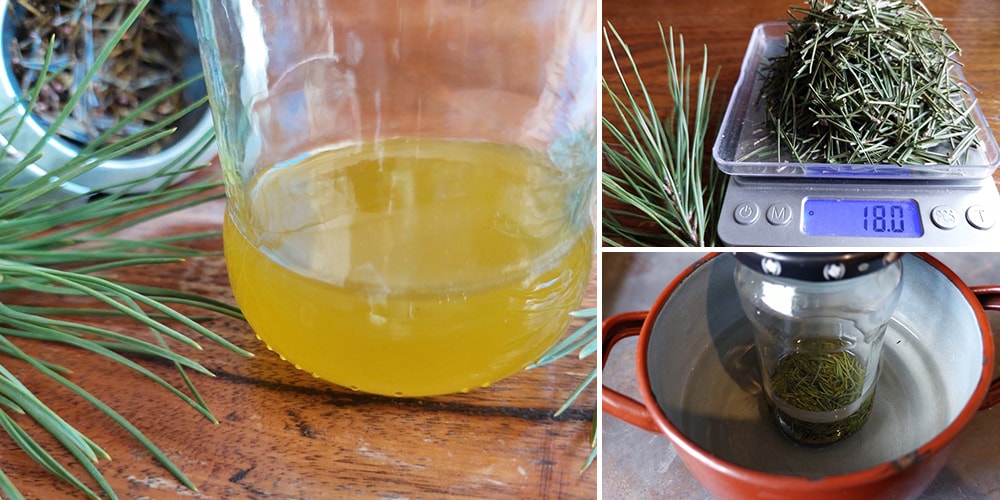
Pine Needle Infused Oil for Rheumatism and Arthritis
When most people refer to a pine tree, they are usually referring to the genus Pinus. This genus contains over 120 species that grow naturally in the Northern hemisphere but can be found all over the world now. Pine trees fall under the broader division of conifers which means they are related to spruce, larch, fir, and cedar.
The other great feature of pine needles is their availability. You can harvest pine needles all year, which makes it a great winter resource when all the deciduous trees have lost their foliage. And there are numerous pine pollen benefits you can easily take advantage of, including what we will talk about, using pine needle infused oil for rheumatism and arthritis.
Which Pine Species to Choose?

Pinosylvin stilbenes have been shown to reduce inflammation and treat arthritis. They are present in all Pinus species, which means you don’t necessarily need to be picky about which pine tree to choose. Interestingly, the pinosylvin stilbene content increases if the tree has been attacked by nematodes.
With over 120 species of pine tree (and over 800 cultivars), there are a lot to choose from, but below is some information about some of the more common ones you will find all over the world.
- Eastern White Pine (Pinus strobus) contains several antioxidants and anti-microbial, anti-inflammatory, anti-carcinogenic, antiviral, and anti-aging properties.
- Aleppo pine (Pinus halepensis) contains a higher amount of vitamin E, tocotrienol and stronger anti-inflammatories than other Mediterranean pine species.
- Canary Island pine (Pinus canariensis) contains a higher amount of limonene compared to other Mediterranean pine species.
- Scotch Pine (Pinus sylvestris) contains the highest amounts of total fatty acids and the knot wood had a higher concentration of pinosylvins.
- French maritime pine (Pinus pinaster) bark extract with its high concentration of procyanidins as well as taxifolin, catechin, and phenol acids is currently used orally to treat inflammation caused by osteoarthritis, with a subsequent increase mobility and decrease in pain.
- Black pine (Pinus negra) is also high in pinosylvins but in different ratios to Scotch pine.
- Red pine (Pinus densiflora) contains strong antioxidants and anti-inflammatories such as taxifolin and quercetin glucoside.
Alternatively, if you do not have access to pine needles, you might also take advantage of the benefits when using pine pollen. Learn more about this here.
Why Infuse Oil?
Making your own infused oil is cheaper than using essential oil, and even though it won’t be as potent, it has a greater versatility; it can be eaten or rubbed straight into the skin, or turned into a salve, a soap or used for aromatherapy.
Many of the beneficial compounds found in pine needles and bark are oil soluble, including pterostilbene, resveratrol, pinosylvin and other stilbenoids. Other resins and oils that naturally occur in the pine needles will also be extracted into your chosen carrier oil.
If you would like to use potent tinctures to manage your joint pain, visit the Apothecary for Dr. Nicole’s Joint & Movement Bundle.
Which Carrier Oil to Use
If your oil is plant-based then it will be safe to consume as well as use topically; both of which are recommended for rheumatism and arthritis.
Therefore, choose a carrier oil that you like the taste of. I would recommend staying away from intense oils such as sesame oil, but rather use an all-rounder that will work in several dishes, such as olive or vegetable oil.
Pine Needle Infused Oil Recipe
You will need:
- 0.6oz. /18g. of pine needles (I used White Pine needles)
- 2.5oz. /72g. of olive oil
- mason jar
- a pot and warm water
Method
This remedy requires dried pine needles (and/or bark). Pine needles typically take about a week to dry on the shelf, whereas bark will take at least 2 weeks, depending on humidity and temperature of the room.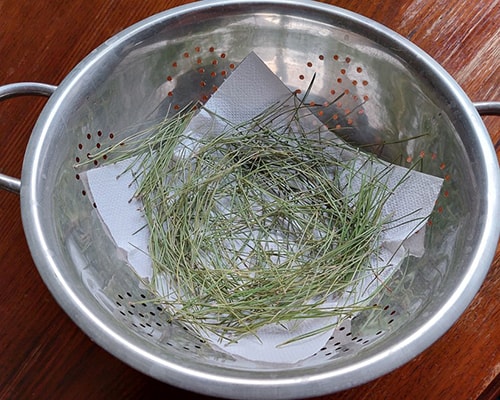
- Roughly chop up the pine needles and weigh them.

- Place them in a jar and cover them with approximately 4 times more oil. This will give you a 1:4 ratio. You could try making a 1:2 ratio by only two times as much oil, but this will require grinding the needles into a finer size (otherwise the oil won’t completely cover them).

- Sit the jar in a pot of warm water (no more than 100° F or 37° C) for 2 – 3 hours.

- Strain away the needles and your infused pine needle oil is ready to use.
 How to use
How to use
Since this remedy uses edible oil, you can consume it as well as apply it topically. Simple rub the oil straight on to your skin and incorporate 1 – 2 teaspoons into your daily diet. Unlike essential oil, you can use your infused pine needle oil liberally in cooking and baking or over a salad.
In many studies, a significant improvement was seen after 3 months of daily usage.
Storage
Store the oil in a dark, cool location and it should last about a year.
The Bottom Line
Pine trees have been used by humans for centuries and their versatility has given them a home all over the world; in natural forests, plantations, gardens and parks.
They are a great resource for both humans and animals, and their beneficial compounds extract easily into warm oil, which makes this remedy a perfect “all-year” treatment for arthritis and rheumatism.






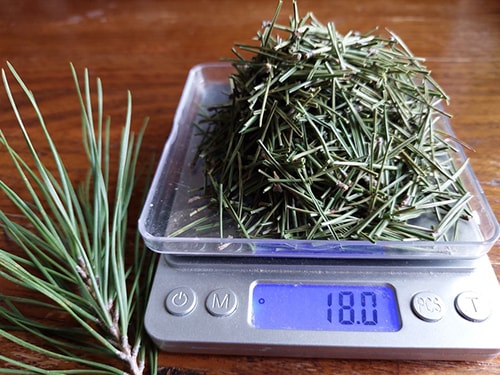
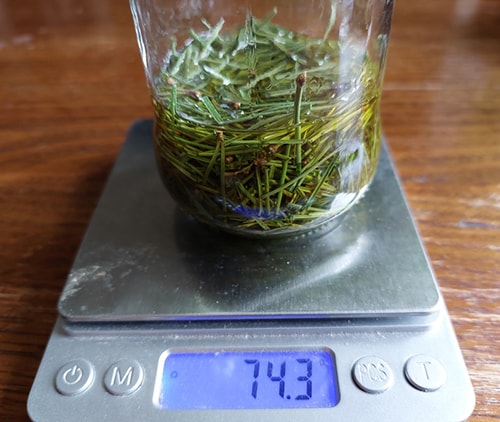
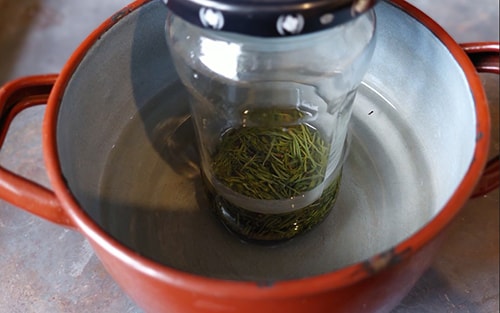
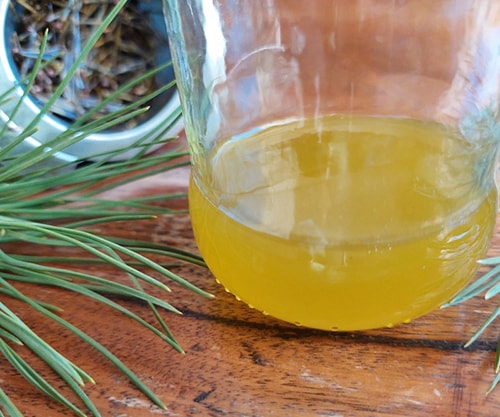 How to use
How to use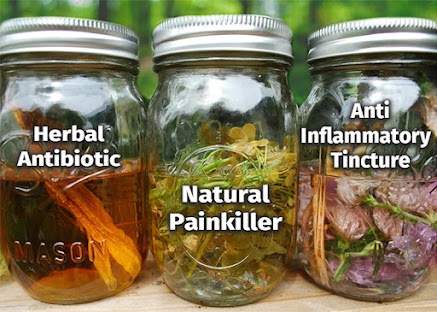
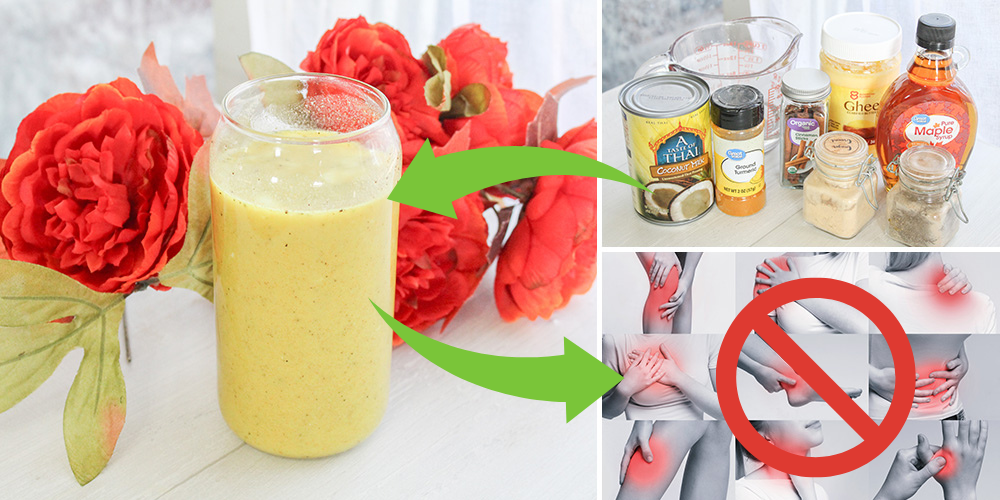
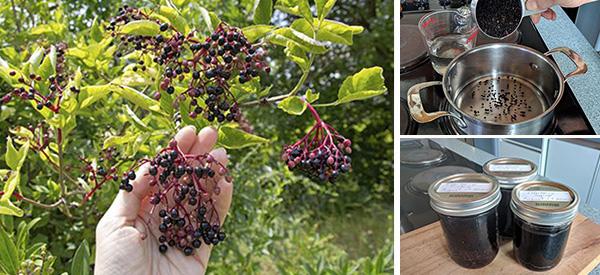
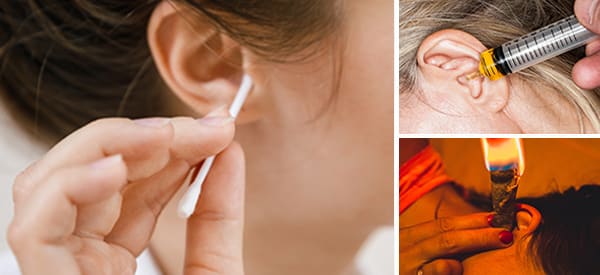
Isn’t there one type of pine tree that you are not supposed to make tea out of? Would spruce needles work as well? I have a Colorado Blue Spruce out in my front yard.
You’re not supposed to use the short needled decorative pine trees.
From this site, different article:
“Some pines to avoid are: Lodgepole pine, Monterey pine, and Norfolk Island pine. The leaves are not toxic, but their rich chemicals can cause uterine contractions that may result in miscarriage. You must be extremely careful not to harvest yew (Taxus spp., Taxaceae), a conifer with poisonous needles.
Make sure that you know your pines well before consuming. A good rule of thumb is to stick with White Pine, common Spruces, Red Wood, Fir Pines, and Scotch Pine..”
https://thelostherbs.com/dyi-anti-viral-pine-needle-tincture/
I make a pine tincture. Ten drops twice a day is an antidote to Covid and other viruses.
I have white pine oil, any recommendations for internal and external use. Organic and pure.
American Indians did not have olive oil! So how did they do it?
They used bear grease and goose grease
interesting and informative.
Would Loblolly Pine be ok? I’m in NC and surrounded by them.
Can I use dried pine needles that are already brown, from the ground?
Can I use ponderosa pine needles?
I, too what to know if we can use ponderosa pine needles as they are the predominate pine and around where I live they have not been treated for boars.
If you’re not supposed to heat the oil over 100°s when processing, would it not be detrimental to use it in cooking or baking? I cannot think of any recipe where it would Not be subjected to temperatures higher than that.
I have tried making tea with fir pine needles, fresh and dried but the tea tastes bitter. What is the ratio?
Also
Is there a good salve recipe for pine needle infused olive oil?